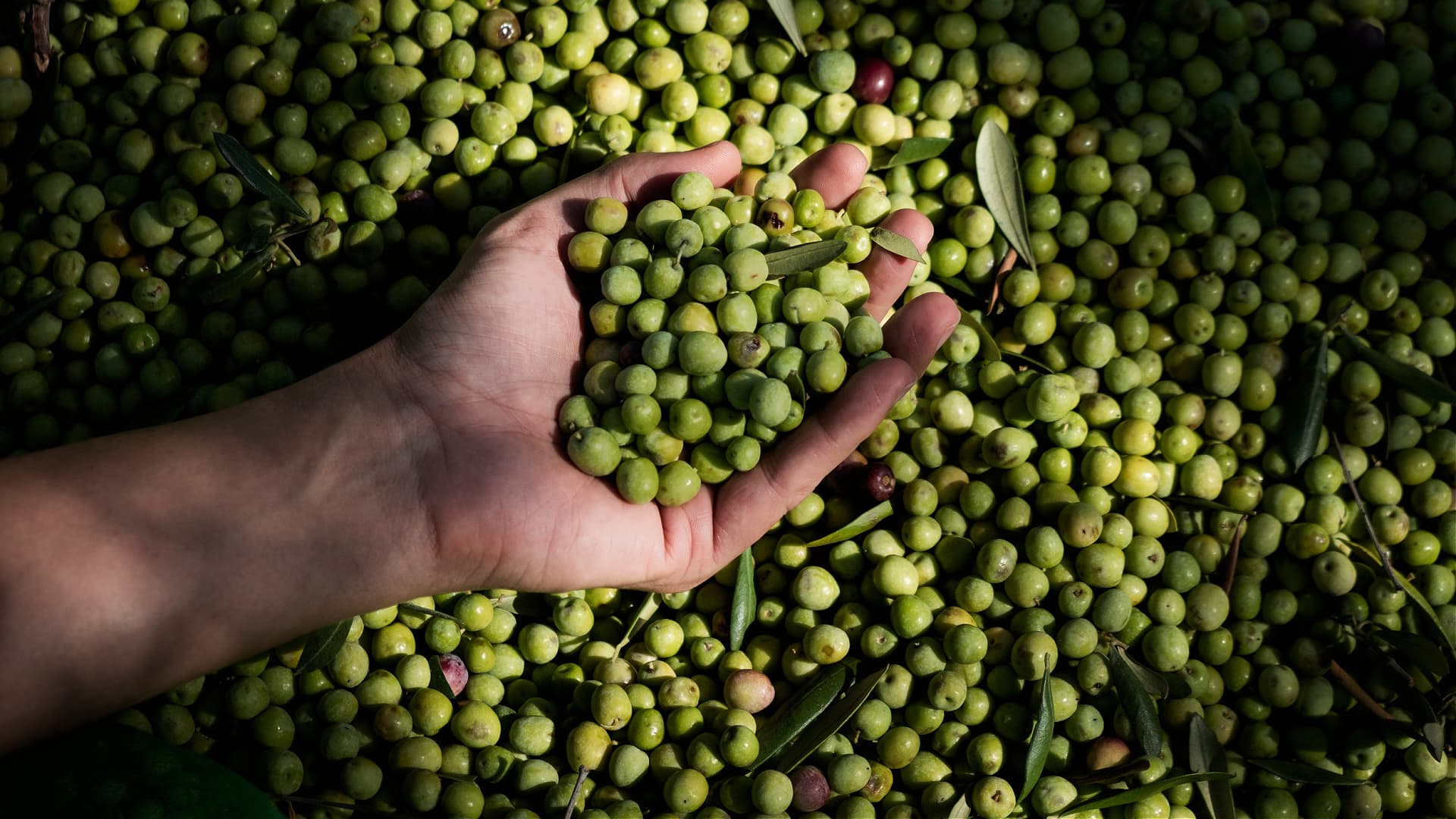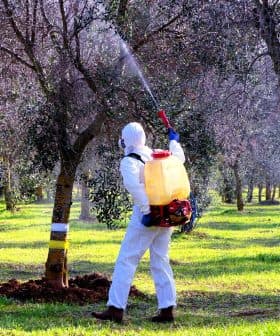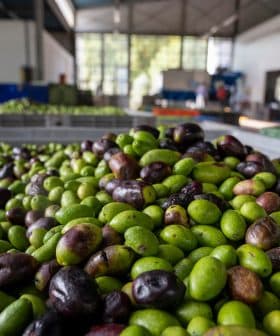Short-Term Pre-Milling Refrigeration Found to Retain Olive Quality

A study on the impact of different refrigeration methods on olives and olive oil quality found that frozen storage may be detrimental, while refrigeration at 4 ºC is optimal for short-term storage. The study, focusing on Chinese olive varieties, suggested that refrigeration preserves crucial antioxidants and flavors, while freezing can reduce nutritional value and color. The findings, applicable beyond China, could help olive producers worldwide, particularly in Mediterranean regions, mitigate quality loss during short-term storage with proper refrigeration techniques.
A new study has investigated the impact of different refrigeration methods on the quality of olives and the resulting olive oil after milling.
The researchers found that frozen storage of olives may be detrimental to the crucial qualities of the fruit.
They also identified 4 ºC as the optimal temperature for short-term storage of olives, particularly for periods exceeding 24 hours after harvesting.
While the study focused on Chinese varieties, including Fuao and Laixing, grown in the Gansu Valley, the researchers believe their findings could support olive farming in many other countries.
Specifically, the study published by Food Chemistry compared the olive oil profiles resulting from seven days of storage under three different conditions: room temperature (approximately 23 ºC), refrigeration at 4 ºC, and freezing at ‑20 ºC.
According to the scientists, previous studies primarily focused on the long-term storage of olives or assessments at fixed points in time.
“The reason for this study, based on a real-life production problem, was the difficulties experienced by a Chinese company in storing olives,” Xiuzhu Yu, professor at the College of Food Science and Engineering at Northwest A&F University in Yangling, told Olive Oil Times.
Challenging production conditions included occasional machinery breakdowns and the need to harvest olives early in response to adverse weather.
“This resulted in a short-term influx of olives into the mill, which far exceeded the mill’s capacity for immediate oil production,” Yu noted.
This situation is common in many olive oil-producing countries, particularly in regions where olive farming is rapidly developing.
These conditions prompted the researchers to search for a storage solution that would preserve olives’ unique qualities in the short term.
“The olive fruit is highly susceptible to deterioration during storage, such as oxidation or microbial growth,” Yu said. “That might lead to losing olive oil quality, such as increased acidity or a vanishing flavor.”
The researchers found that different short-term storage conditions produce different results.
“If olives are stored for more than 24 hours, then refrigeration is recommended,” Yu said. “Under refrigerated conditions, the respiration of the olives is slowed down, enzymatic activity is inhibited and microbiological growth is effectively controlled.”
Under these conditions, crucial antioxidants such as alpha-tocopherols are retained, along with the olives’ complete phenolic profile and chlorophyll content.
“At the same time, refrigeration reduces the production of undesirable flavors such as ‘fermentation’ and ‘mold,’ and maintains the quality of aromas such as ‘grassy,’” Yu remarked.
The researchers found that at room temperature, the high activity of fat oxidative enzymes accelerates the oxidation of fatty acids, leading to an increase in acidity and peroxide values while destroying volatile aldehydes, such as E‑2-hexenal.
E‑2-hexenal is a key aromatic compound in extra virgin olive oil. It belongs to the group of volatile aldehydes that form during the crushing and malaxation processes. This enzymatic process transforms polyunsaturated fatty acids into various volatile compounds.
Researchers also observed that storage at room temperature triggers the growth of yeasts and molds.
“Those produce alcoholic compounds, producing a ‘boozy’ and ‘musty’ taste. Refrigeration inhibits microbial metabolism and reduces the generation of odors,” Yu said.
The researchers found that freezing olives produces ice crystals that destroy the olive cell structure, release oxidative enzymes, accelerate the degradation of phenolic substances and reduce the content of chlorophyll and carotenoid pigments.
“That means that the olive oil becomes lighter in color, and its nutritional value decreases,” Yu said.
According to the researchers, after seven days of refrigeration, crucial levels of acidity and peroxide still meet international standards for virgin olive oils and retain more than 80 percent of key flavor substances.
While freezing was found to reduce chlorophyll by 30 percent and phenols by 40 percent, these losses were limited to ten percent when refrigeration was applied.
“A guidance for contingency plans could go as follows. If storage is required for three to seven days, preference should be given to refrigeration. If only one to two days, room temperature is still possible, but processing needs to be done as soon as possible,” Yu said.
Previous research in Spain also explored how to manage refrigerated olives once they are ready to be processed.
According to the Food Science and Engineering professor, the findings could be of interest far beyond olive oil producers in China.
“Our research on Chinese olive varieties offers valuable insights that can be adapted by producers worldwide, including those in the Mediterranean basin,” Yu said. “Gansu’s valley climate resembles Mediterranean regions in altitude and temperature, and the biochemical processes that protect key nutrients and volatile compounds under refrigeration are shared across olive cultivars.”
“Mediterranean producers can adopt this strategy to mitigate quality loss during short-term storage,” he added.
Yu warned that while the principles are transferable, Mediterranean producers should also consider some specific differences.
“The variety. Local cultivars, such as Picual or Arbequina, may have slightly distinct fatty acid profiles or enzyme activities, requiring minor adjustments to storage duration,” Yu said.
Additional considerations include the specific nuances of the Mediterranean climate, such as drier air and diurnal temperature shifts.
“Those differences may influence olive respiration rates, but our framework — such as refrigeration at 4 ºC for three to seven days — provides a science-backed starting point,” he concluded.









